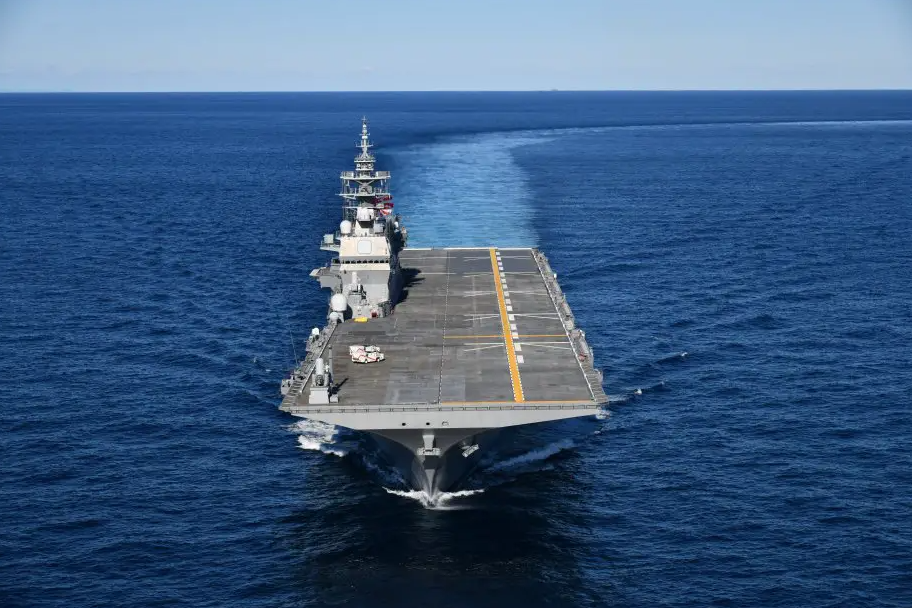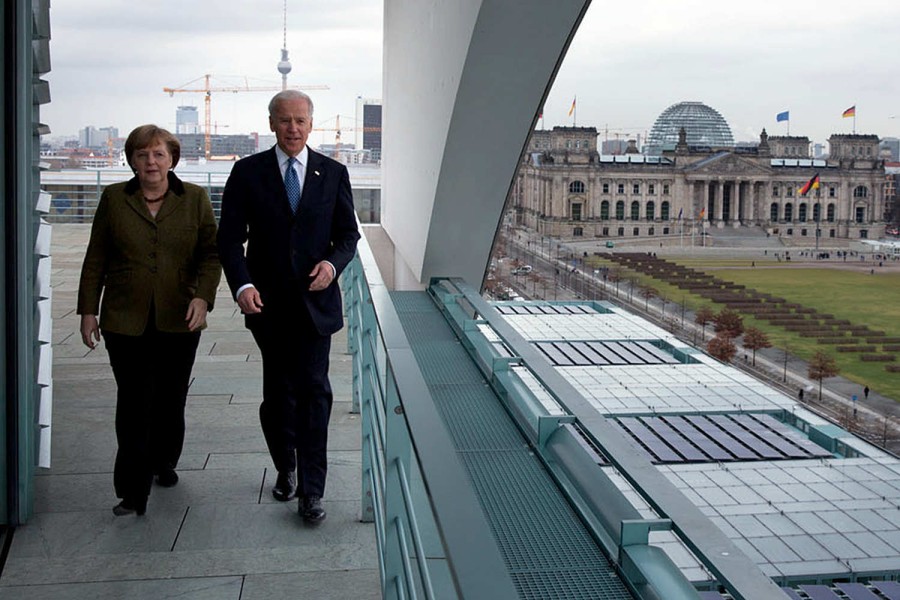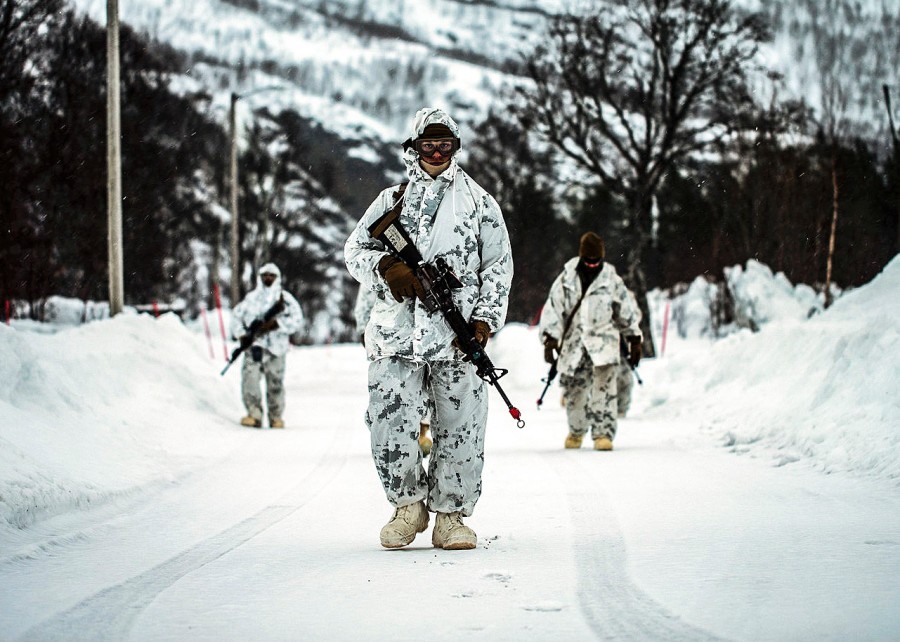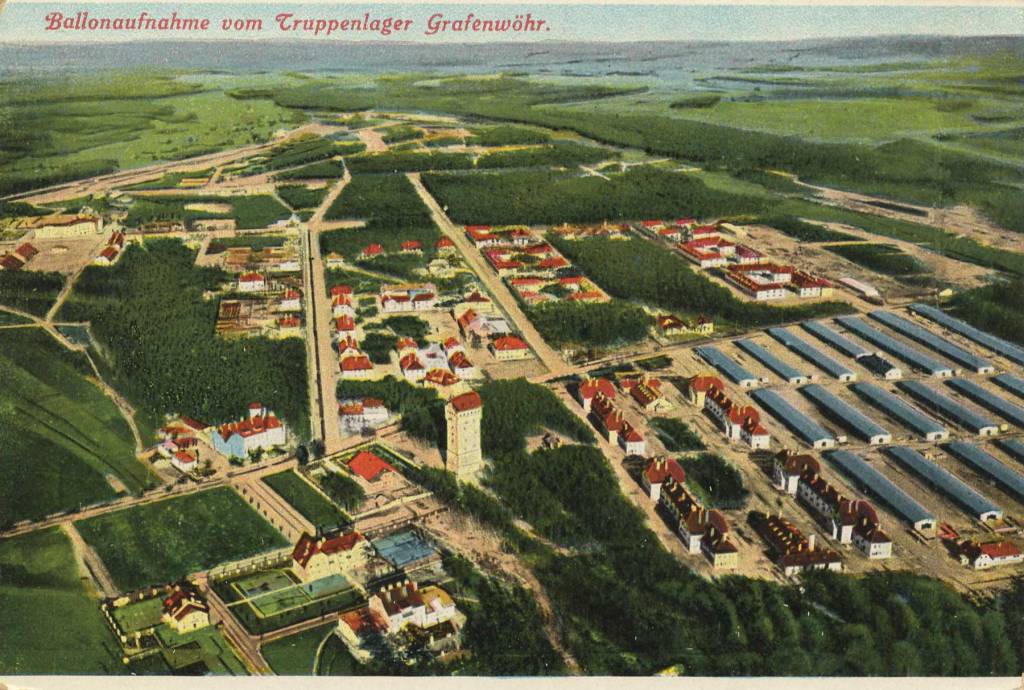Japan: JS Kaga a de facto aircraft carrier
15 April, 2024

Japan Maritime Self-Defense Force (JMSDF) has partially completed the conversion of its large escort ship, JS Kaga, into a de facto aircraft carrier, making it capable of launching and recovering fighter jets. This important development features modifications that allow the use of the Air Self-Defense Force’s stealth fighter, the F-35B.
[April 22 2022 more firm on Kiril Islands after Ukraine ]

“The Northern Territories are a group of islands Japan has sovereignty over and an integral part of Japan’s territory, but currently they are illegally occupied by Russia,” the ministry said in the report.
The dispute over the Russian-held islands, which the former Soviet Union seized from Japan at the end of World War II, has prevented the two countries from signing a peace treaty formally ending their war hostilities.
Japan claims that at least some of the disputed islands are not a part of the Kuril Islands, and thus are not covered by the 1951 peace treaty.
The islands in dispute are:
Iturup (Russian: Итуруп)—Etorofu Island (Japanese: 択捉島, Etorofu-tō)
Kunashir (Russian: Кунашир)—Kunashiri Island (Japanese: 国後島, Kunashiri-tō)
Shikotan (Russian: Шикотан)—Shikotan Island (Japanese: 色丹島, Shikotan-tō)[1]
Habomai Islands (Russian: острова Хабомаи ostrova Khabomai)—Habomai Islands (Japanese: 歯舞群島, Habomai-guntō.
[February 28 2022 host no nukes ]

Japanese Prime Minister Fumio Kishida rejected the idea of hosting nuclear weapons from the United States as a deterrent amid rising global tensions from the Ukraine crisis.
“It is unacceptable given our country’s stance of maintaining the three non-nuclear principles,” Kishida said at a session in Japan’s parliament
The three principles, which were adopted as a parliamentary resolution in 1971, state that Japan will not possess, not produce and not permit the introduction of nuclear weapons. Kishida was responding to a suggestion by former Prime Minister Shinzo Abe that Japan should start discussing a nuclear sharing agreement with the United States similar to arrangements among NATO countries. An estimated 100 U.S.-owned nuclear weapons are stored in five non-nuclear NATO member states — Belgium, Germany, Italy, the Netherlands and Turkey — according to the nonprofit Center for Arms Control and Non-Proliferation. Documents declassified in 2016 confirmed that the United States stored nuclear weapons in Okinawa during the Cold War.
[October 6 2021 Nuclear Warhead Tally ]
As of September 30, 2020, the US military maintained 3,750 active and inactive nuclear warheads, down by 55 from a year earlier and by 72 from the same date in 2017. There is a cap of 1,550 the number of active nuclear warheads that can be deployed by Moscow and Washington.
According to a January 2021 tally by the Stockholm International Peace Research Institute, which includes retired warheads — not counted in the State Department’s numbers — the United States had 5,550 warheads, compared to 6,255 in Russia, 350 in China, 225 in Britain, and 290 in France.
India, Pakistan, Israel and North Korea have together around 460 nuclear warheads, according to the institute.
Transparency in the U.S. Nuclear Weapons Stockpile
[July 20 2021 Georgia Defense Forces and EURAF ]
[June 2 2021 Bulgaria: 173rd Airborne Brigade near Plovdiv ]
U.S. troops on May 11, 2021 entered and cleared a cooking oil factory As part of Exercise Swift Response 21, between May 10-14, U.S. soldiers assigned to the 173rd Airborne Brigade conducted a training exercise to simulate seizing and securing the Cheshnegirovo decommissioned airfield in Bulgaria. Located in central Bulgaria, north east of Plovdiv.
[February 3 2021 U.S.withdrawal from Germany reconsidered ]

The freezing of the order to pull out 12,000 troops was unexpectedly revealed by General Tod Wolters, Nato’s supreme allied commander Europe, while answering questions from journalists. He said it would be put on hold to enable the new US defence secretary, Lloyd Austin, to carry out a thorough review and report to the president, Joe Biden.
[November 11 2020 2nd Cav to Bulgaria? ]
Then-Vice President Joe Biden and German Chancellor Angela Merkel walk on the balcony outside the chancellor’s office overlooking Berlin, Germany, in February 2013. President-elect Joe Biden is expected, in one of his first military policy moves, to reverse the Trump administration’s plan to withdraw troops from Germany.
Germany’s spending was 1.57 percent in 2020, but it has been growing, according to NATO.
“We have committed ourselves to increasing defenses pending, as have other NATO allies,” Maas said.
The 38 fighters are the first installment of Germany’s long-term acquisition plan of 93 Typhoons from Airbus, 30 Boeing F/A-18 Super Hornets, and 15 of the variant for electronic warfare, the EA-18G Growler.
As a member of the NATO nuclear sharing agreement, Germany has to maintain a fleet of fighter jets capable of carrying out a nuclear strike.
DAVID LIENEMANN/OBAMA WHITE HOUSE ARCHIVES

The 2nd Cavalry Regiment could maintain a presence in countries on NATO’s eastern flank, adjacent to Russia, on a rotational basis.
“[Following] my recent meetings with the defense ministers from Romania and Bulgaria, and correspondence received from Baltic States, there is now the real opportunity of keeping the 2nd Cavalry Regiment forward in some of these countries on an enduring basis,” Esper said. In July, Esper announced the transfer of 12,000 troops, notably of the 2nd Cavalry Regiment, the only brigade-size U.S. ground combat force in Europe, from U.S. Army Garrison Bavaria.
[August 15 2020 U.S. Army V. command from Germany to Poland, troops ]
Some 4,500 U.S. troops are currently based in Poland, but about 1,000 more are to be added. Last month, in line with Trump’s demand to reduce troop numbers in Germany, the Pentagon announced that 12,000 troops would be withdrawn from Germany with about 5,600 moving to other countries in Europe, including Poland.
In addition, several U.S. military commands will be moved out of Germany, including the U.S. Army V.
Pompeo and Polish Defense Minister Mariusz Blaszczak signed the deal, known as the Enhanced Defense Cooperation Agreement (EDCA), at the Presidential Palace in Warsaw.
[August 6 2020 U.S. Troops withdrawn from Norway ]

The Marine Corps announced August 6 2020 that it is ending continuous troop rotations to Norway, where hundreds of troops have been deployed for the last three years. .Maj. Adrian J.T. Rankine-Galloway said the change is not related to plans to reduce the number of American troops in Germany and should not be characterized as a drawdown. “We are not drawing down and, at times, will have a greater number of Marines here than before, within the terms of the agreement between the United States and Norway,” Rankine-Galloway said. Still, ending back-to-back troop rotations would mean a loss of a relatively large and continuous Marine presence in the Arctic at a time when the military is increasingly focused on that region.
[August 1 2020 withdrawn from Germany ]
Italy and Belgium, aren’t facing serious threats of Russian aggression.
[July 29 2020]
The U.S. will bring about 6,400 forces home and shift about 5,400 to other countries in Europe.
Troops will be consolidated in Belgium and Italy, Stryker infantry units and one fighter plane squadron will be repositioned closer to the Black Sea and airmen based in Britain and scheduled to re-base in Germany will remain in Britain.
“There are, or may be, other opportunities as well, to move additional forces into Poland and the Baltics,”
The plan leaves about 25,000 troops in Germany.
[July 18 2020]
An agreement in June 2019 between Polish President Andrzej Duda and President Trump to bring 1,000 U.S. troops to Poland would be finalized “within weeks, not months.”
Reuters reported last month that after a year of technical negotiations, the deal was crumbling amid disputes over funding and troop placement, which U.S. Ambassador to Poland Georgette Mosbacher denied at the time.
[June 24 2020 ]
President Trump expressed hope that our two countries would soon finalize a Defense Cooperation Agreement to enhance military cooperation, further strengthen NATO deterrence, bolster regional security in a post-INF Treaty environment, and protect democracy, freedom, and sovereignty. https://www.whitehouse.gov/briefings-statements/readout-president-donald-j-trumps-meeting-president-andrzej-duda-republic-poland/
Under an agreement announced last year, the U.S. is planning to send about 1,000 more troops for Poland, and progress is being made, officials said, to lay the groundwork for those moves. A senior administration official said it’s premature to say when troops could be transferred out of Germany. Based on the agreement with Poland, the U.S. will add a division headquarters, a combat training center, an unmanned aircraft squadron and structure to support an Army brigade that could rotate in and out of the country.
[June 17 2020]
Stoltenberg said Esper had been clear the matter was not yet finalised.
“What matters for me is that we maintain credible deterrence and defense and that we maintain the strong link between North America and Europe,” NATO Secretary-General Jens Stoltenberg said. He underlined that Washington has increased its military presence in Europe in recent years, and that European allies are spending more on defense.
Trump confirmed the drawdown plan, first reported by the Wall Street Journal last week, but so far has not issued a written order.
[14 June 2020]
President Trump has directed the Department of Defense to send 9,500 troops home from Germany, which would bring the total stationed there down to 25,000.
A defense official said the withdrawal is not related to rising tensions between Trump and German Chancellor Angela Merkel.
Polish Prime Minister Mateusz Morawiecki said that he “deeply” hoped that some of the troops transferring out of Germany would end up stationed in Poland.
Warsaw and Washington have repeatedly discussed the issue and the decision is “now on the US side,” .

The Grafenwoehr training area is the largest NATO training area in Europe. “There is a lot invested here, and I think that we, in very friendly talks, will naturally always continue to heartily welcome these American soldiers, and there are also good reasons for them to be stationed here,” Chancellor Angela Merkel said. A $1bn expansion was completed in May 2010, one of the largest army construction projects in Europe since the 1950s.
[July 3 2019 Romania, Bulgaria and Hungary host a series of multinational exercises called Saber Guardian 17. ]
U.S. forces are currently transporting tanks, infantry fighting vehicles and other equipment from Germany to Romania, Bulgaria and Hungary for a series of multinational exercises called Saber Guardian 17. Saber Guardian 2017 is a multinational military exercise involving approximately 25,000 military personnel from over 20 participating nations. The Black Sea Region exercises for 2017 include numerous U.S., ally, and partner national exercises, with SG17 being the largest. Each is separate and distinct, however many of them contribute to or enable SG17 in various ways. As a whole, these exercises demonstrate the United States and NATO’s superior joint and combined capabilities and highlight our collective will to defend against regional aggression.
“I’m really excited to be going to Romania,” said Sgt. 1st Class Alexander Graybill, a platoon sergeant for Company C, 588th Brigade Engineer Battalion, 3/4 ABCT. “We just completed Combined Resolve VIII. Going to Romania with a new mission will allow us to apply the lessons learned to Saber Guardian. I feel that it will allow us to have more time to polish up on areas and prepare to go to Combined Resolve IX back in Germany later this summer.”